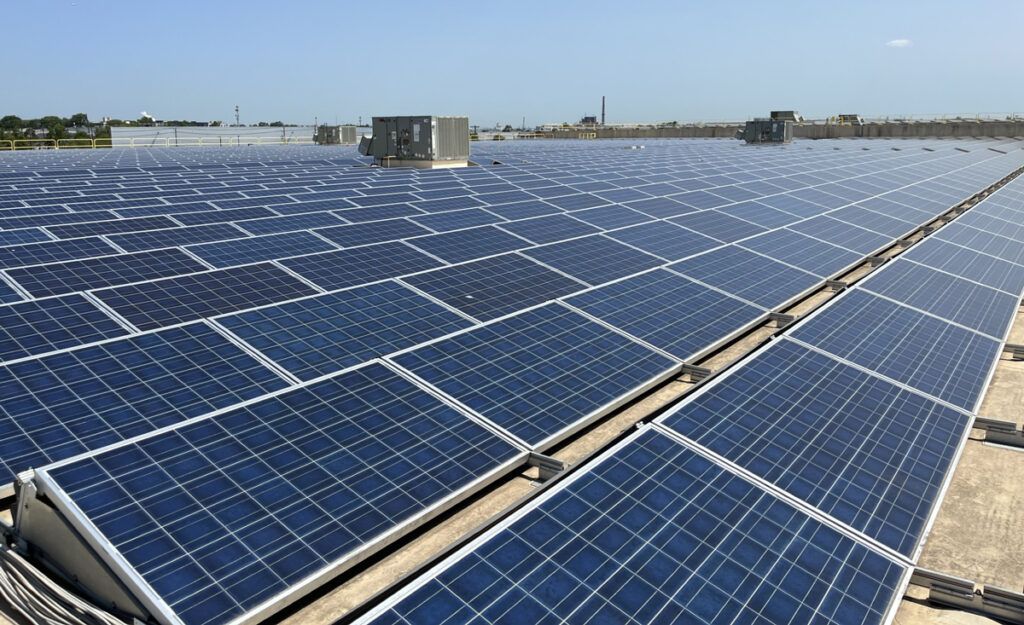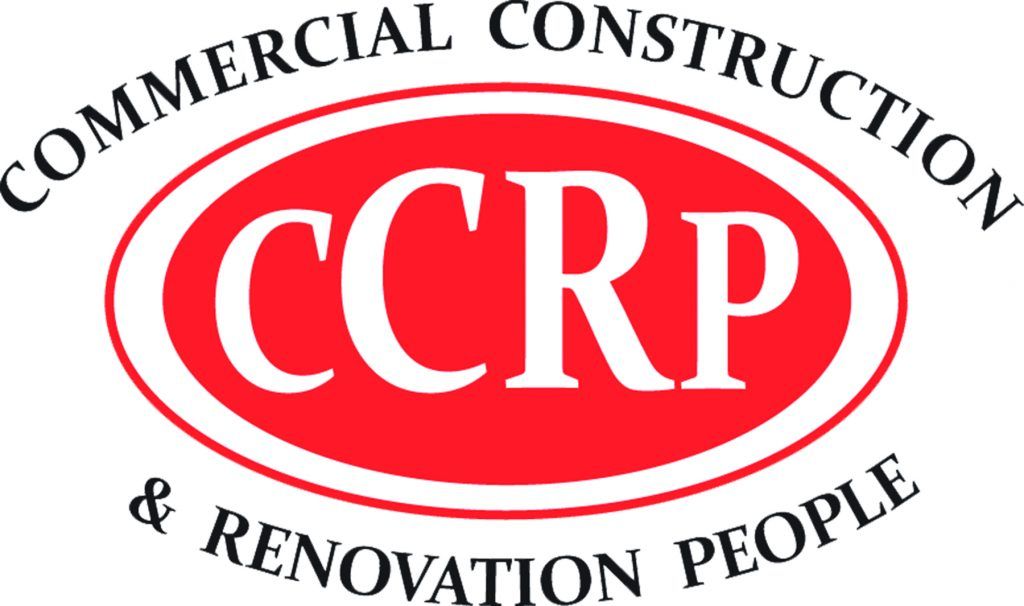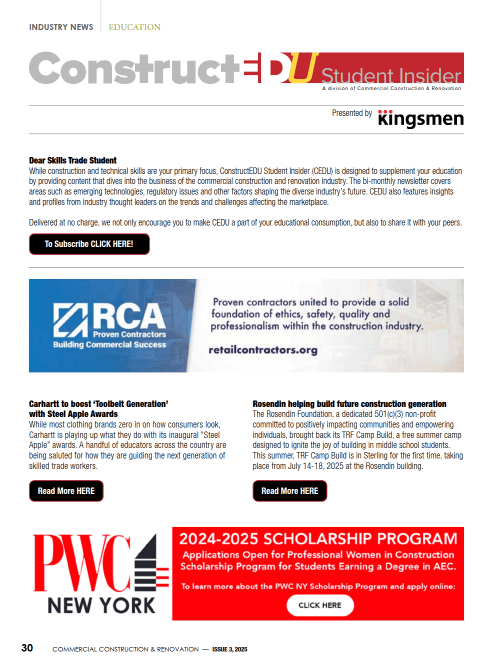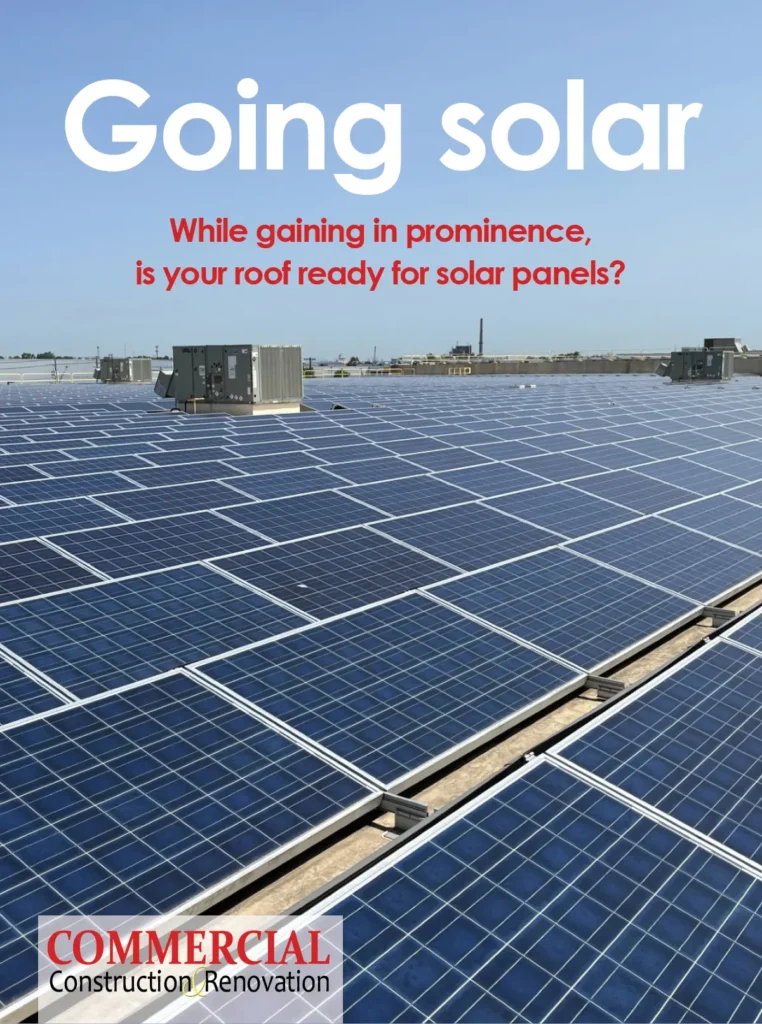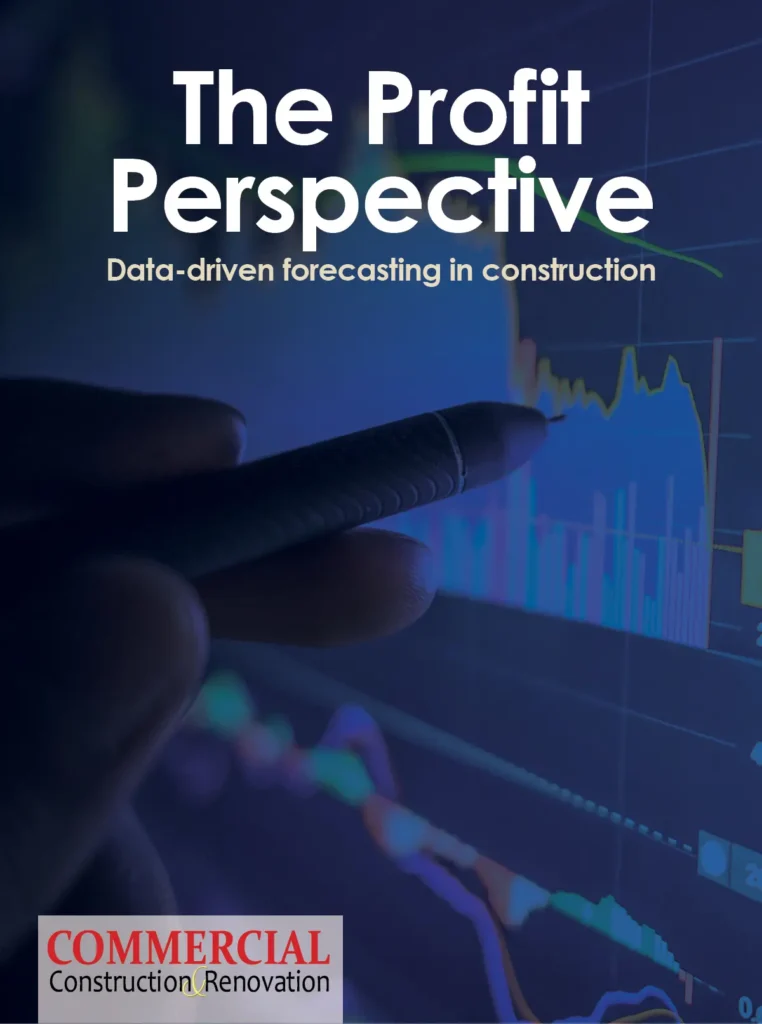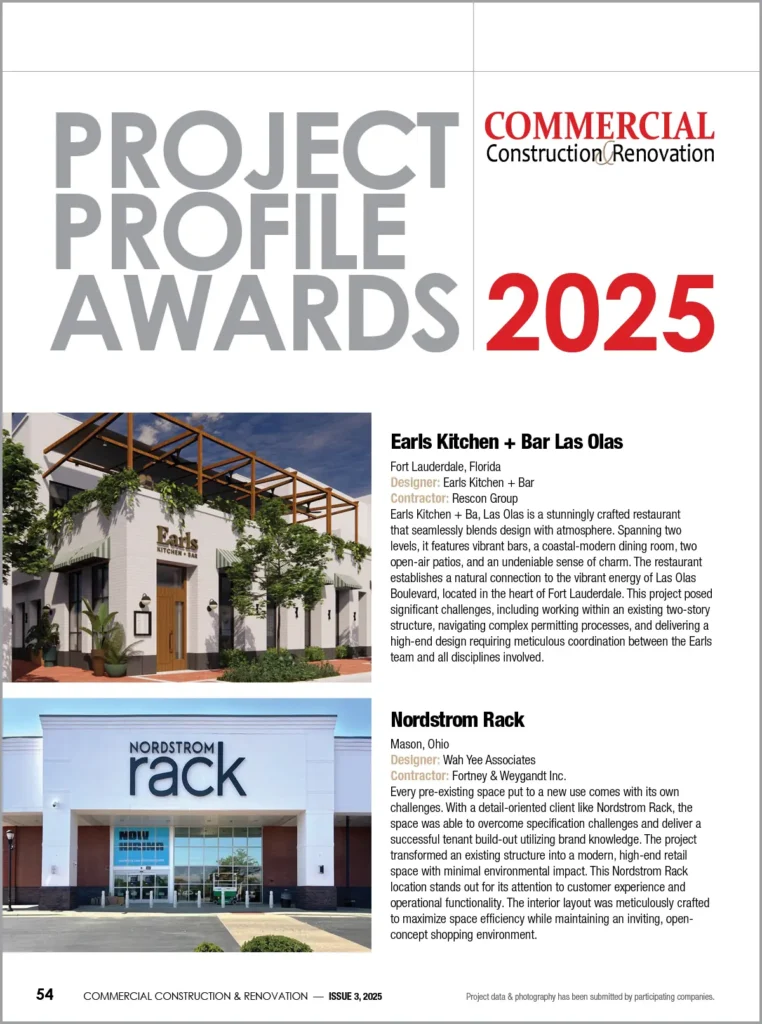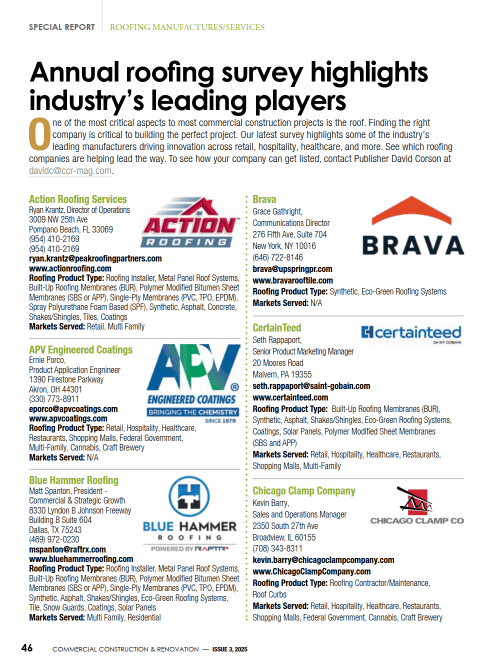The installation of rooftop solar panels is accelerating across commercial properties. According to the U.S. Department of Energy (DOE), there were more than 50 gigawatts of U.S. rooftop solar systems installed in 2024 on 5 million homes and commercial buildings.
It’s easy to see why. Solar photovoltaic (PV) panels can help commercial property owners seize significant benefits, including:
- Cost savings from reduced energy bills
- Energy independence from a renewable and reliable source of energy
- Carbon footprint reduction via elimination of greenhouse gas emissions associated with conventional methods of energy production
- Enhanced property value
- Attractiveness to sustainability-conscious tenants
- Given these benefits, the investment in a PV system may seem like an easy decision. Simply install the panels, and watch the benefits roll in.
The reality is more complicated. It is critical that your roof system itself is ready for the installation and long-term operation of your solar panels, including the operational risks and maintenance needs that come with them. Here, we will explore these considerations, and how the right strategies and roof system design can help commercial owners and facility managers get the most from this valuable investment.
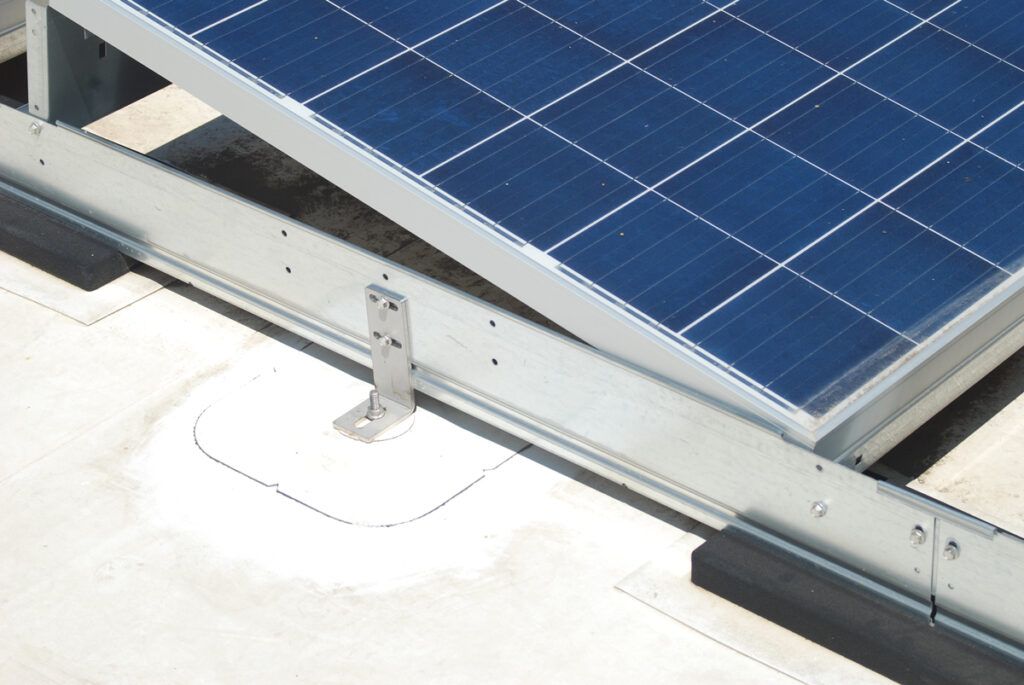 Roof Integrity & Durability: A Must for Solar Panel Installations
Roof Integrity & Durability: A Must for Solar Panel Installations
An investment in rooftop PV panels involves the work required to install and maintain them throughout the course of their life cycle—and that means a significant influx of traffic on your roof.
With technicians walking across your roof, wielding heavy tools as well as the components and materials related to the PV system, it’s important to have confidence in the integrity of your roof system. This means both its current condition (more on this later) and the roof membrane’s ability to withstand common causes of wear and puncture.
The errant dropping of a tool, for example, has the potential to cause real damage to a roof membrane that does not demonstrate excellent puncture resistance. Moving and installing the PV panels and racking also lead to greater potential for damage.
Then there’s the matter of how the panels will be secured to your roof. There are two primary mounting methods for PV systems:
- Ballasted racking, which relies on heavy concrete blocks to anchor the system onto the roof. These are simple to install and can avoid penetrations through the roof system and into the roof deck.
- Mounting anchors, which are fastened through the roof system and into the roof deck, then welded to seal against the roof membrane, creating a strong and direct attachment to the roof.
- Each method presents trade-offs. Ballasted systems can allow for movement of PV system components during severe weather events with high wind. In addition, these systems can damage the roof membrane as sand, resulting from the degradation of concrete ballast, and other debris accumulate beneath the mounting system. This debris increases the risk of abrasion due to years of minor movement caused by wind and building vibrations.
Such movement may also stress electrical connections, increasing the likelihood of electrical failure that could result in an arc, introducing a fire risk. Ballasted systems also involve larger surface area contact at the roof surface when compared to mounting anchors, which may have greater potential to trap debris and other organic matter, such as leaves, near the panels themselves, presenting increased consequences to any potential fire event.
Finally, ballasted systems come with an additional weight load that your roof must be able to withstand.
Mounting anchors eliminate these considerations but involve penetrating the roofing membrane, which introduces potential leak points. With this in mind, anchors should be outfitted with skirts that can be welded to the roofing membrane to ensure a permanent, watertight seal. Additionally, precise planning is required for placement of these anchors in accordance with the design of the PV system, which could involve hundreds of mounting anchors.
 Evaluating Your Solar Roof’s Lifespan
Evaluating Your Solar Roof’s Lifespan
Before moving forward with a PV system, it’s important to conduct a roof assessment to determine if the roof membrane and components are capable of performing for the lifetime of the PV system. The assessment should also evaluate the roof’s structural integrity to ensure weight-bearing capacity. If it is found that the roof membrane should be replaced, then this should be addressed prior to installation.
Indeed, evaluating the lifespan of your roof system is one of the most important considerations to be made when planning for the investment in rooftop PV. The Department of Energy estimates the operational lifespan of a PV module is about 30–35 years—and for some even longer than that, according to its “End-of-Life Management for Solar Photovoltaics” report.
Therefore, it’s important that your choice of roof system demonstrates an equal or higher anticipated lifespan. And different roof systems deliver different life expectancies. For example, a recent report from a leading asset management consulting firm Mantis Innovation found that TPO (thermoplastic polyolefin) single-ply roof membranes—one of the most frequently used materials in commercial roofing—are rated with a service life of only 20 years.
On the other hand, PVC and EPDM roof membranes were found to perform comparably. In contrast, a KEE-based roof membrane was determined to have a service life exceeding 40 years, roughly two times the life of the other membranes that were evaluated.
Addressing Fire Safety Risks
A critically important consideration to be made when installing rooftop PV panels is the added fire risk. According to the National Fire Protection Association (NFPA) Research Foundation, “With these systems, the likelihood of a rooftop fire significantly increases since electrical breakdown—leading to arc faults, ground faults, and short circuits—can occur anywhere across the system. Any electrical fault can be accompanied by ensuing fire.”
Further, in 2023, Clean Energy Associates (CEA) performed more than 600 safety audits of rooftop PV installations and found that 97% of the systems had safety concerns related to ignition hazards.
Good installation practices and maintenance can help mitigate these risks. The DOE’s Better Buildings® program notes that reputable solar installers will design their systems in accordance with recognized fire codes that identify best practices for rooftop PV systems. Many installers also will share designs with local fire departments to ensure the fire department is aware of the PV system and is involved in the approval process. These can be found in the “Frequently Asked Questions: Commercial Rooftop Solar” at the U.S. Department of Energy.
But for commercial property owners and operators, further due diligence should be performed to ensure the roof system is best designed to mitigate the added fire risks associated with solar panels. For example, the use of gypsum coverboards can help mitigate the spread of fire in the event of membrane ignition.
In addition, they improve overall system durability from increased point loads associated with PV racking and foot traffic resulting from increased maintenance and inspections, making them doubly beneficial for solar panel installation.
Further, it’s worth evaluating the fire performance of your roof membrane. Certain single-ply membrane types are more likely to contribute to flame spread than others—for example, testing has shown that TPO membranes can contribute to significant flame spread, increasing the risks and consequences related to rooftop fire.
Comparatively, there are some roof membranes that have self-extinguishing properties and can help to further reduce flame spread and severity of a roof fire, contributing to overall operational security and safety.
An investment in a rooftop PV system can help commercial property owners and facility managers reel in significant operational and economic benefits. But to make the most of it, your roof must be up to the task of supporting such critical infrastructure. High-performance roof systems can make all the difference in protecting both your investment and operational security.
Tanner Duer, a Fibertite Roof Design Consultant for Seaman Corporation, brings extensive experience in roofing, with a background in business development and project management as a former roofing contractor. He now provides expert guidance and technical support to roof design professionals working on commercial and industrial projects.




